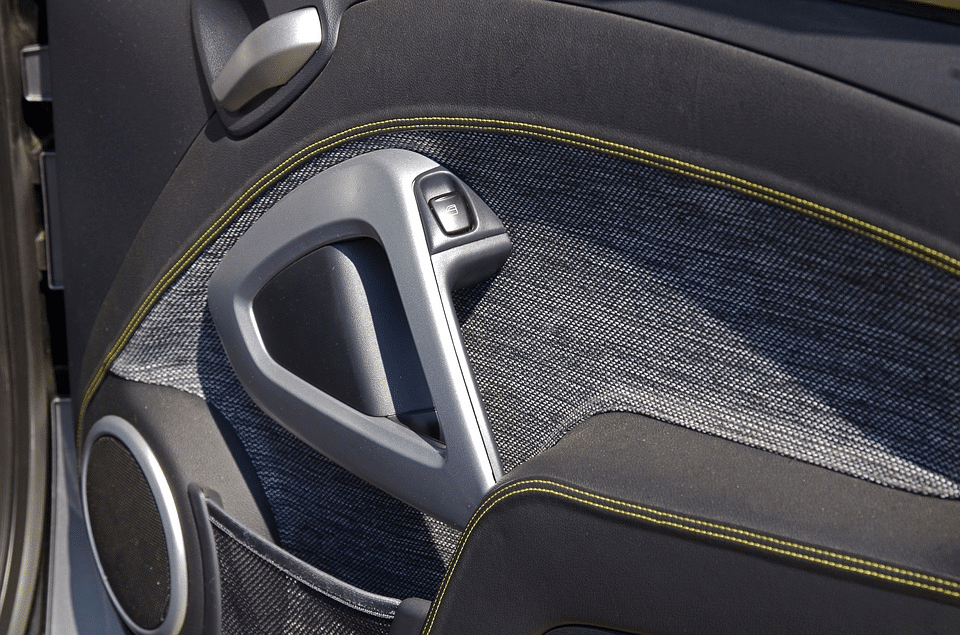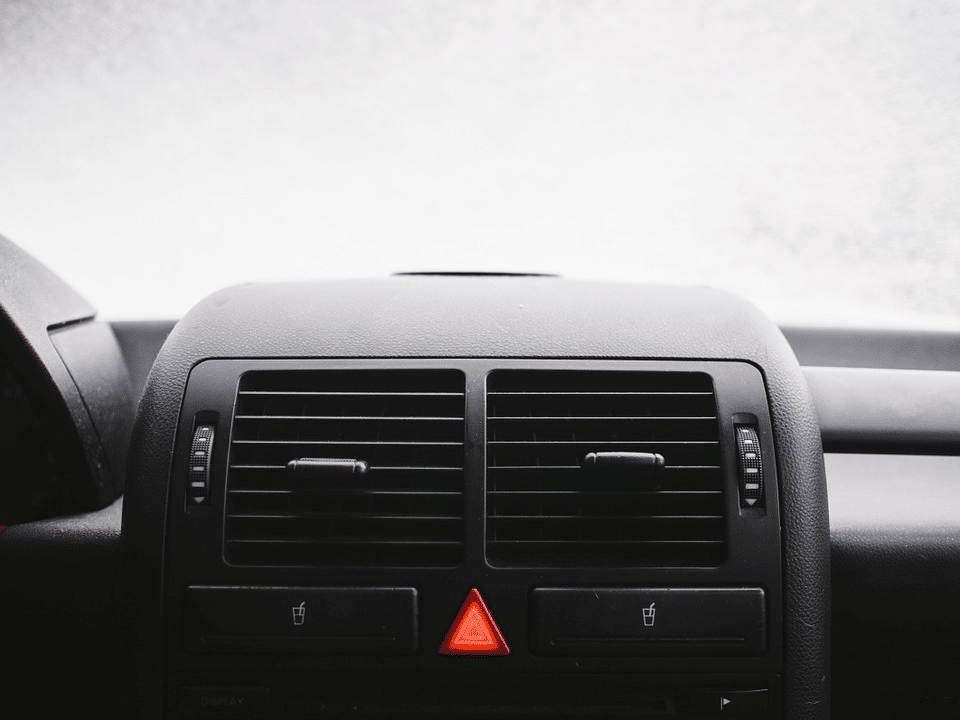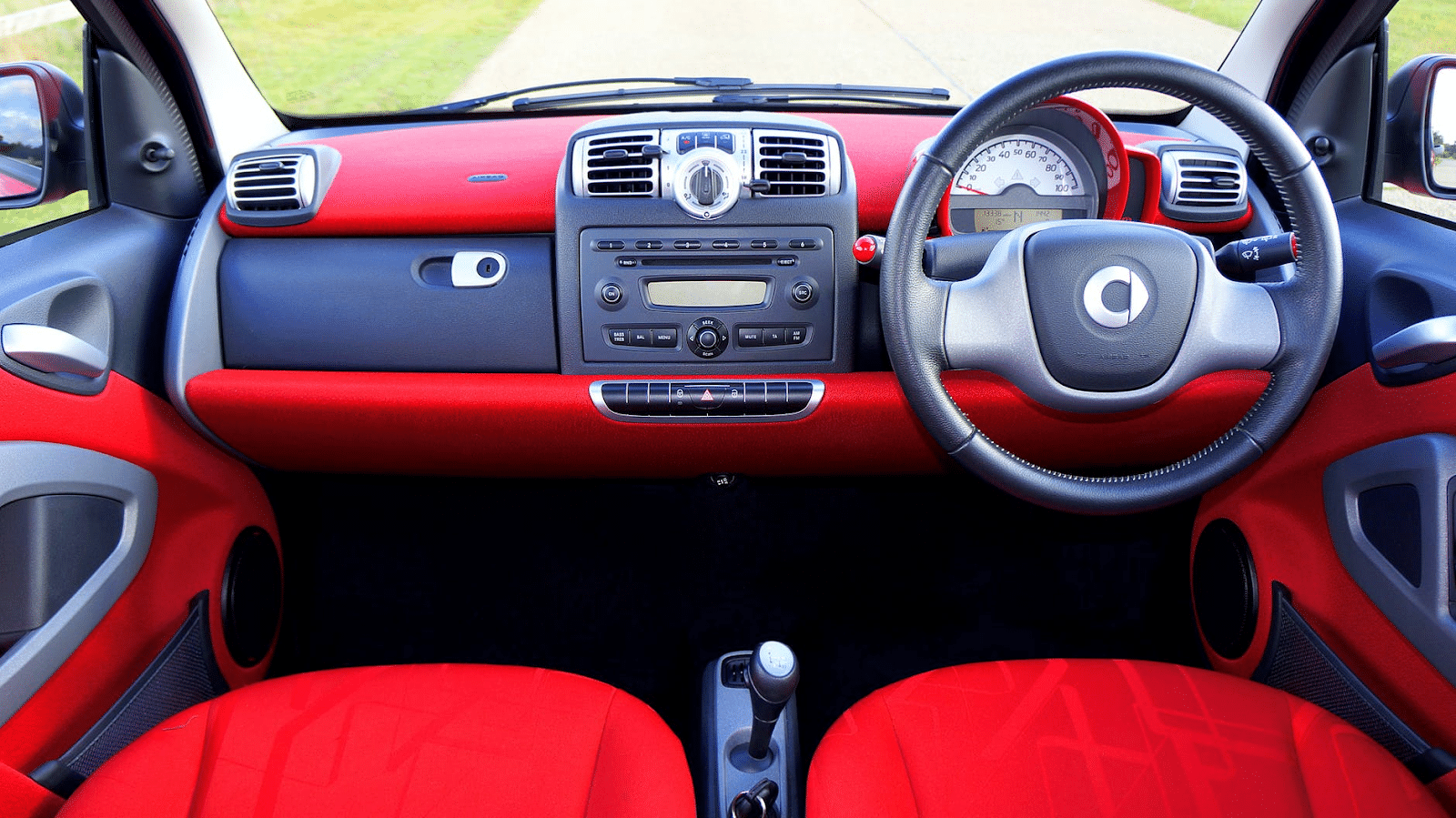Listening to your favorite jams booming on your newly installed car audio system makes for an exciting time behind the wheel. However, the new speakers can sometimes produce a rattling noise that contaminates the sound quality and end up spoiling the whole listening experience.
If you’ve noticed this irritating noise on your car door speakers, you’d be glad to know that there are a few things you can do to correct the situation. Below, we look at how to fix the clatter on your car speakers and permanently stop the rattling of the doors,
What Causes the Car Door to Rattle?
Before going into the details of fixing the rattling, it’s important to understand where the issue is stemming from. The first thing to note is that to enjoy flawless car audio quality, the environment needs to have acoustically dead surfaces.
This simply means that the car surfaces should not directly be affected by soundwaves. They should remain vibration-free in the face of the sound waves. When a surface consists of any loose items, it tends to rattle when the speakers produce a sound wave, and this is especially true for low-frequency sounds.
When you turn the speakers and sub in your car to a certain volume, you’ll notice that the panels of the car body and other surfaces start to vibrate. This increases with every increase in volume until it gets to a point where it overrides the quality of sound.
This vibration normally occurs when the sound pressure from speakers causes resonance of the car body surfaces and vibration of loose items such as screws. It’s not only the car door surfaces that rattles, other surfaces, including the dashboard, interior rim piece, and headliners can also rattle as a result of the sound waves.
How to Stop Car Speakers and Doors from Rattling
If the surfaces around your car speakers keep on vibrating and your car doors can’t seem to stop rattling, use the following steps to fix the problems:
1. Examine the Car Door Pockets for Any Loose Items
The cause of the rattling might be something small and light that you put inside the pocket of your car door. Check for anything from odd change, hairpins, pens, and buttons to other tiny items that may vibrate and knock against the door panel as the music plays.
Remove everything unnecessary that you find inside the pockets and try turning on the music to check if there are any vibrations. If you don’t hear rattling, then luckily you don’t have a serious problem. Otherwise, you might want to try the next steps to sort out the issue.
2. Locate the Speaker Creating the Rattling
The next step is to inspect the speakers as a possible cause for the clattering. While it may always seem that the rattling sound is originating from the door, it may actually be coming from one of the car door speakers.
You can check if this is the case by changing the “fade and balance” settings on the audio system. Fade is used to determine whether the sound will be played from the front or rear speakers.
Balance is no different from fade, only that it organizes the balance between the right and left speakers. These will enable you to easily figure out which, if any, of the two speakers is the cause of the rattling.
Once you’ve found the problematic speaker, it will be easier for you to fix the problem.
3. Inspect the Speakers for Any Loose Screws
One of the most common causes of car door rattling is usually screws that have become loose. As the speaker vibrates, the screws tend to come off gradually, and this will continue every time you play your music.
You want to check for any screws that are out of place and tighten them with a screwdriver. But first, the panel of the door needs to be taken off for you to reach the speaker. Ideally, try to adapt the balance and fade setting so that the music is only coming from the problematic speaker.

Once you have tightened the screws, play the music with the speaker in place and listen for any rattling. If the clinking sound persists even after this, then you might have a blown speaker to worry about!
4. Check if the Speaker is Blown
Aside from loose screws, the other possible cause of the rattling car door is a blown speaker. In this case, it is either the inner or outer cone of the speaker that is torn. Usually, the outer cone features foam or plastic covers; you want to remove these before inspecting the outer cone.
If you notice any torn areas on the cone, simply cover them with duct tape to seal the openings. But if the outer cone is still intact, you want to go ahead and inspect the inner cone for possible damage.
For this to happen, you’ll need to remove the entire speaker. Get the screws off to remove the speakers and thoroughly examine the inner cone of the speaker. In case of any torn places on the surface of the cone, use the same duct tape to seal them before reinstalling the speaker.
Test if the issue has been resolved by playing the music once again. If you still have the rattling car door issue, try the next step!
5. Use Acoustic Seals
If you installed your car speakers after buying the vehicle, it is possible that the speakers were not original to your car model and this may lead to an imperfect fit that results in the rattling. You want to get some foam seals for speakers that will stop the vibrations and the resulting clattering.
Usually, a set of speaker seals consists of the two foam rings to serve as a stopper between the speaker and the baffle plate, as well as a small cushion placed at the rear of the speaker. These will not only absorb the vibrations but also hold the speakers firmly in place.
6.Install Bass Blockers
Most of the speakers you find on car doors are not designed to handle loud low-frequency sounds. This could be a reason why there is a rattling sound, especially when the volume is raised.
You can get a subwoofer to solve this issue. Just install some bass blockers after your receiver and before your speakers. This will direct low frequency sounds towards the subwoofer while leaving the higher frequency sounds to the side speakers.
Alternatively, you can simply go to the audio settings and turn down the bass!

7.Examine the Car Body Panels for Vibrations
The panels on your car body, including the dashboard and door panels, can also move when hit by the sound waves and lead to that irritating noise. For the car door panels, you should have inspected them even before moving on to the speakers.
If you noticed that the rattling stopped when you removed the car door panels, then you might want to focus on the panels. If not, the problem might originate from a vibrating dashboard.
To fix the issue on the door panels and dashboard, use a mat to dampen the vibrations. Alternatively, you can improvise by using a bulky stash of cut sheets and install them around the car.
Apart from killing the vibrations, these mats also do a great job dampening sound from outside the car, making the audio clearer and more enjoyable to listen to.
8. Take the Car to a Professional
If you have tried all the above steps but the rattling sound is not going away, then maybe it’s time you seek professional help. There might be a much bigger underlying problem that only an experienced technician can accurately diagnose and provide a solution.
Look for any local car repair shop you can trust and let the experts take care of the problem for you!
Conclusion
Although rattling and clanking of your speakers and car door can be very irritating, the good thing is that this is an issue you can solve on your own. If you are a DIY enthusiast, the above steps will make sure that you bring a permanent end to the problem.
But if you’ve tried all the options and nothing is working, there are professionals who can help you solve the problem!

